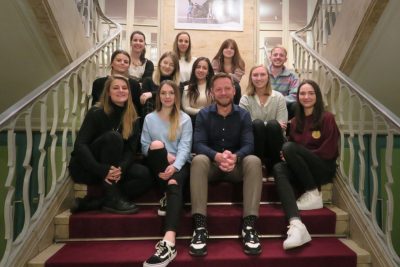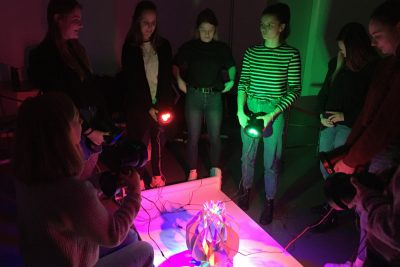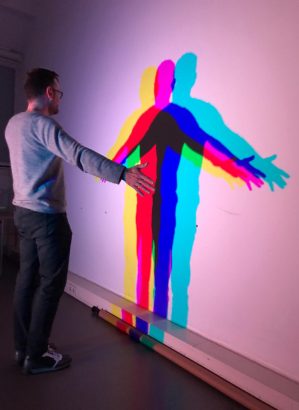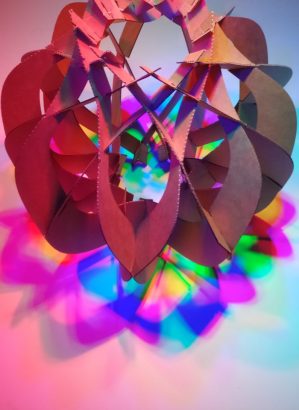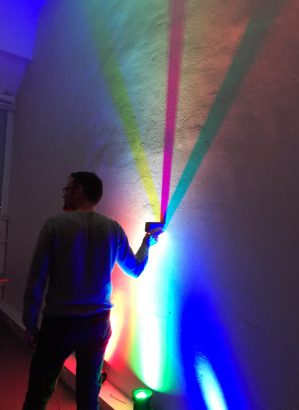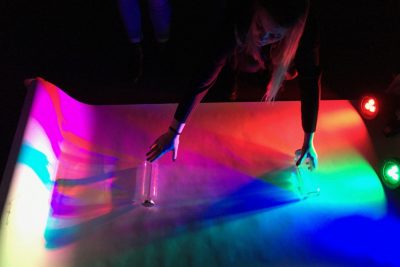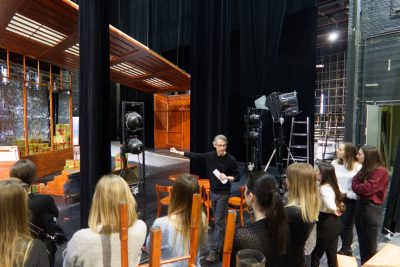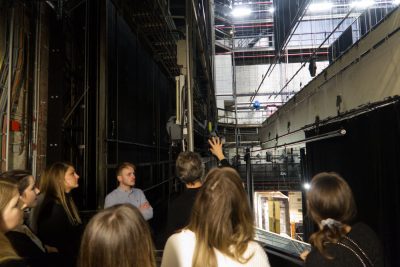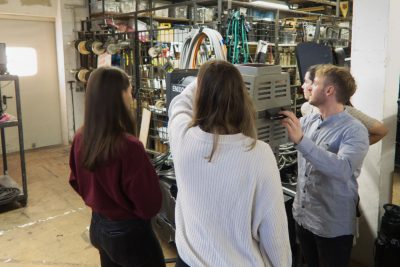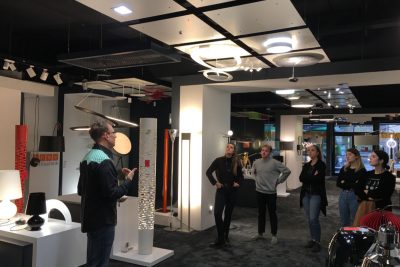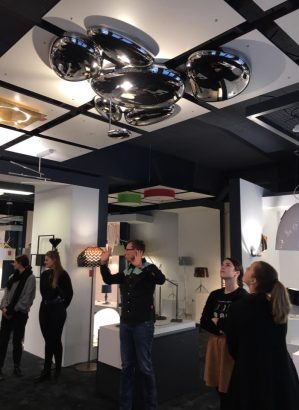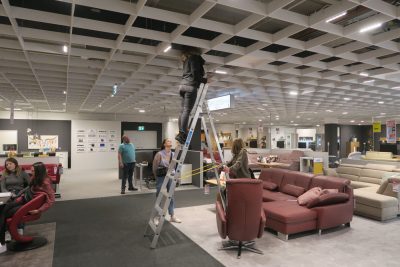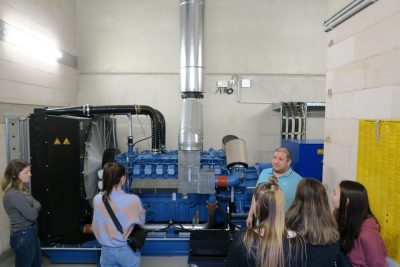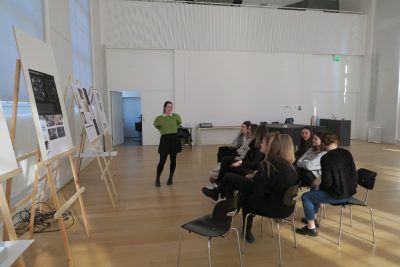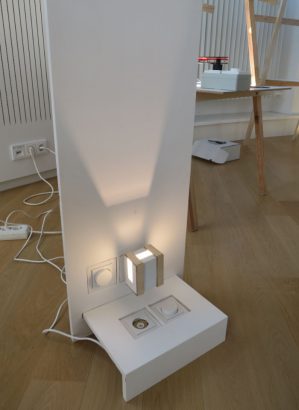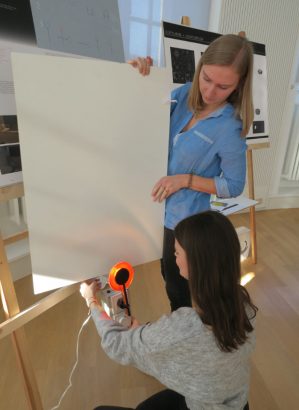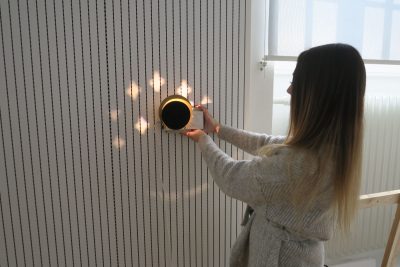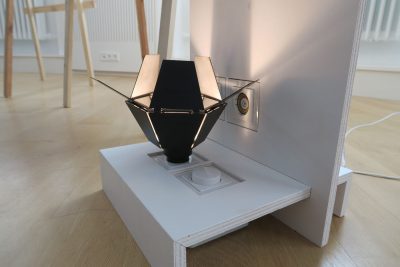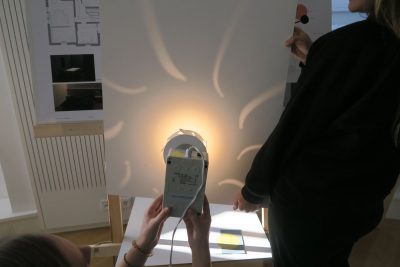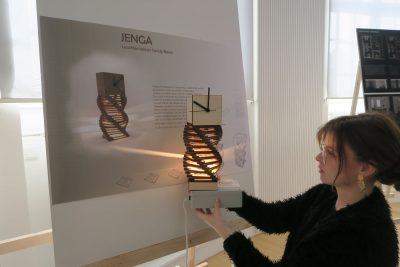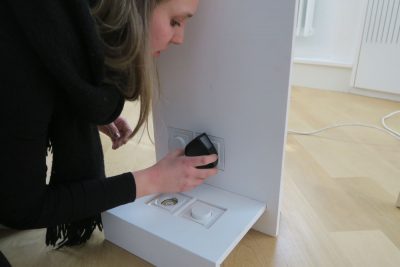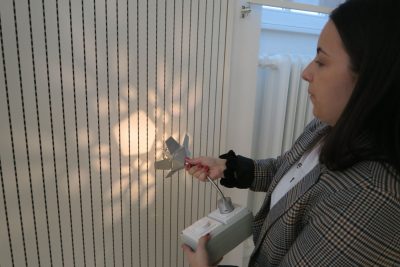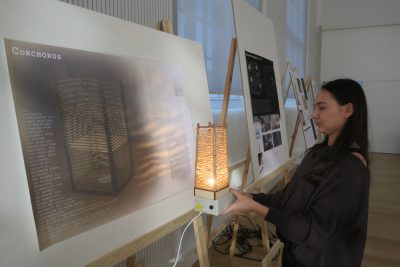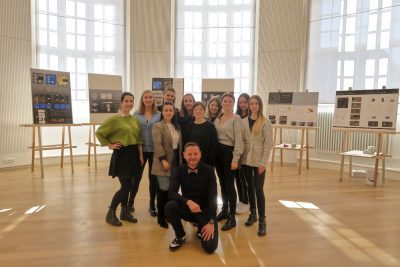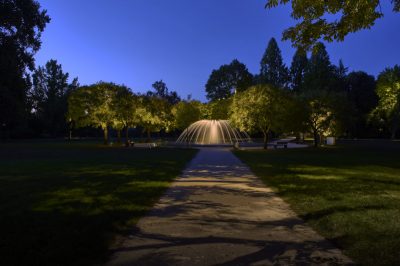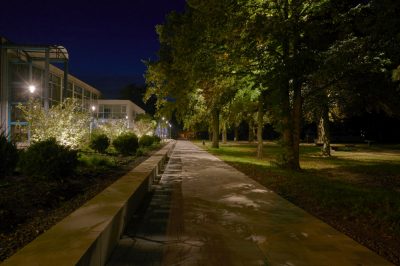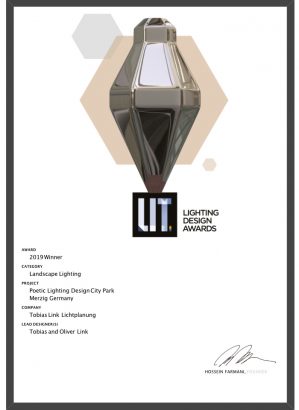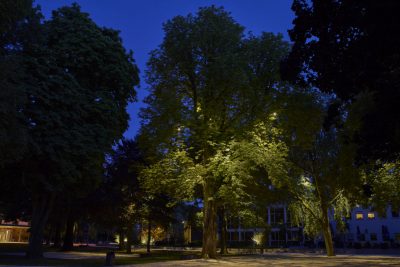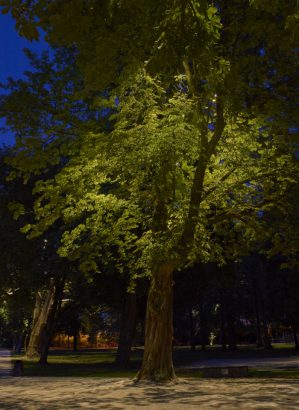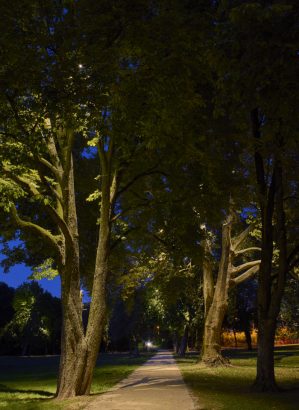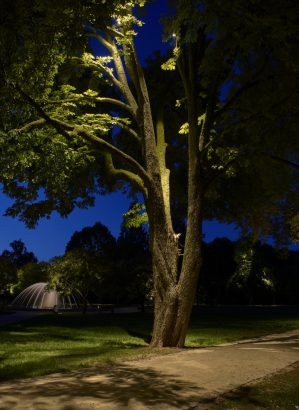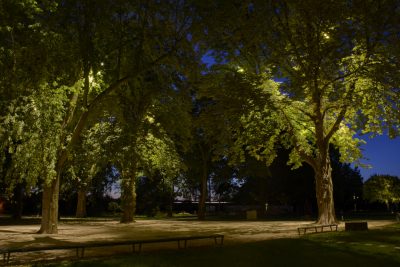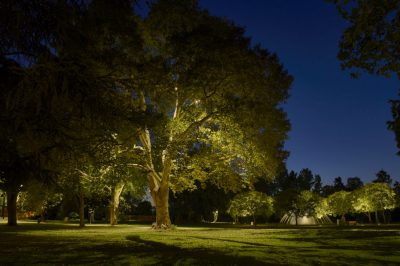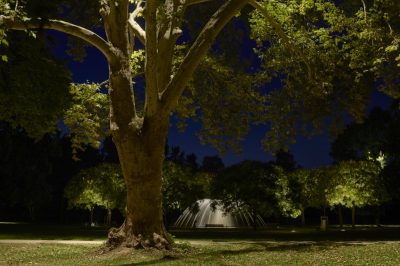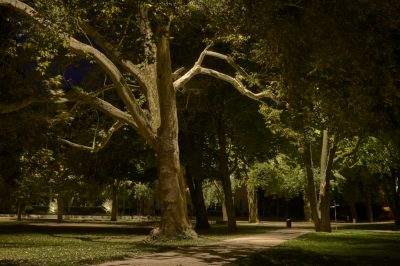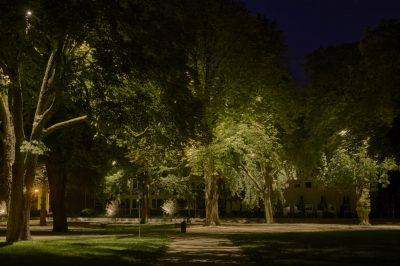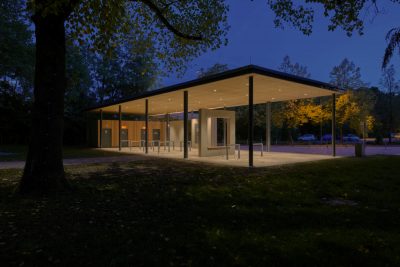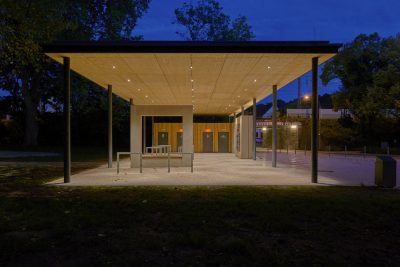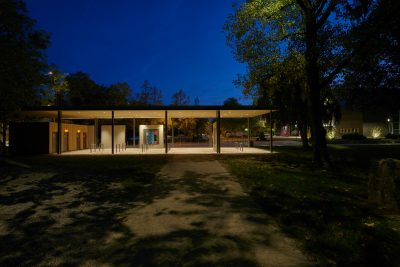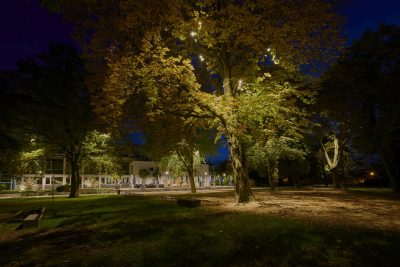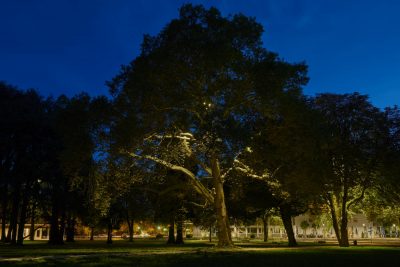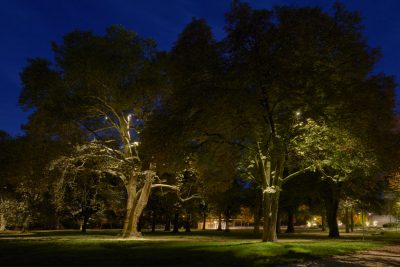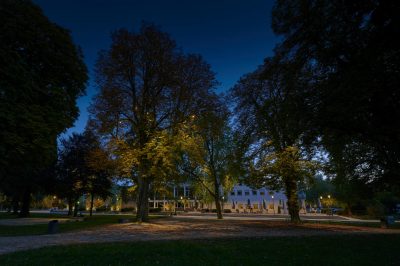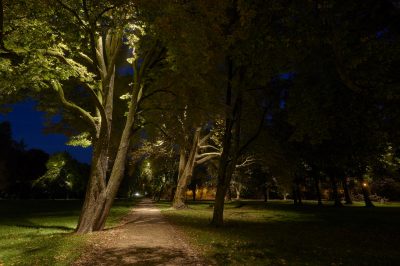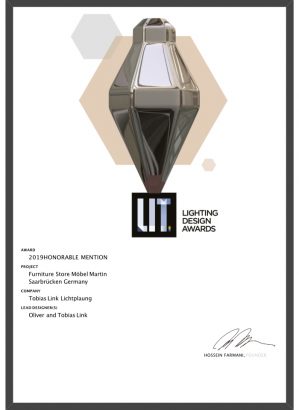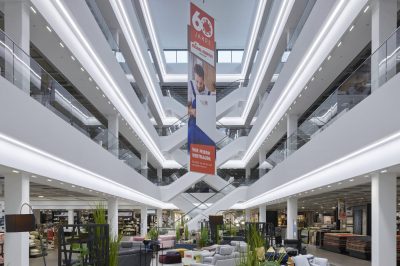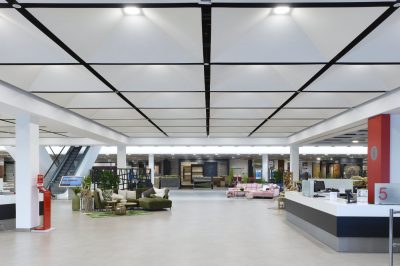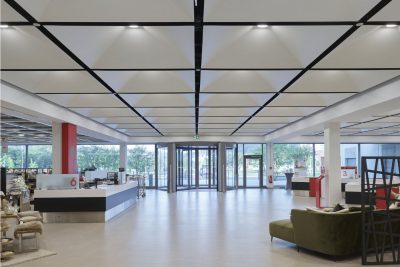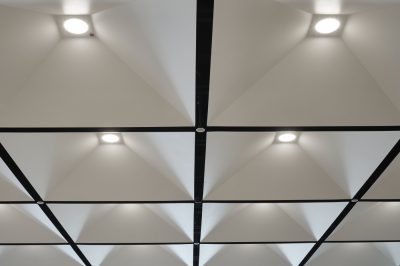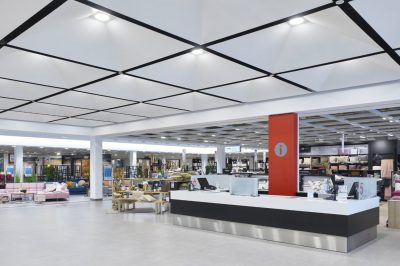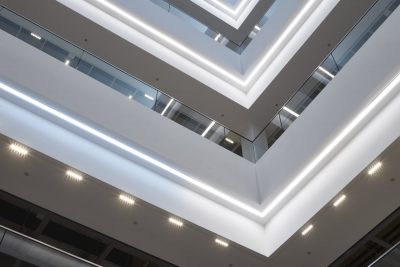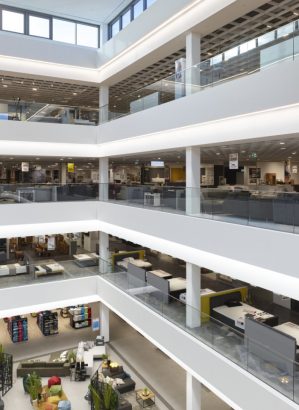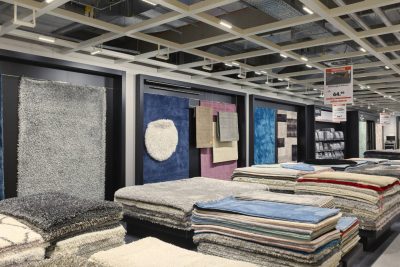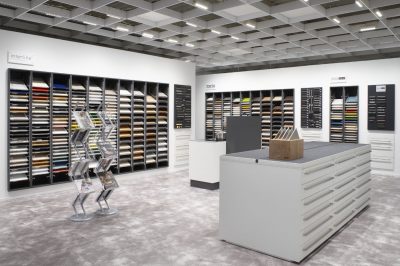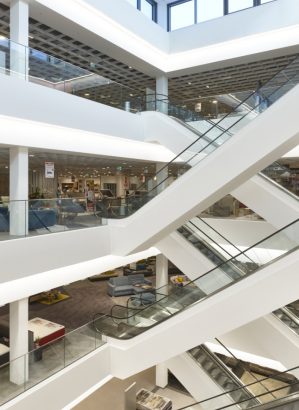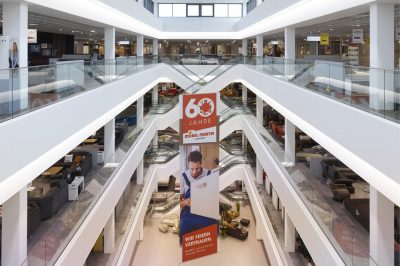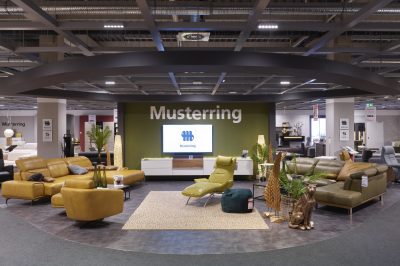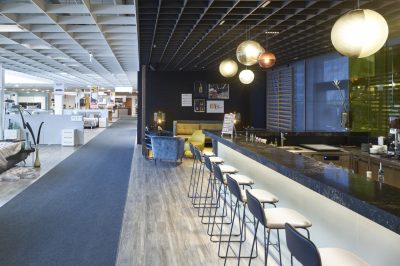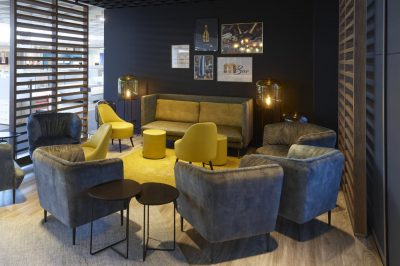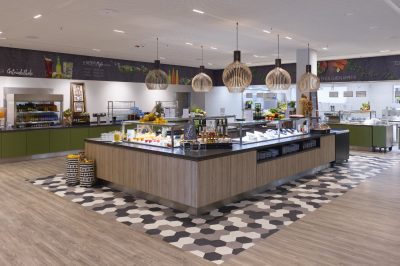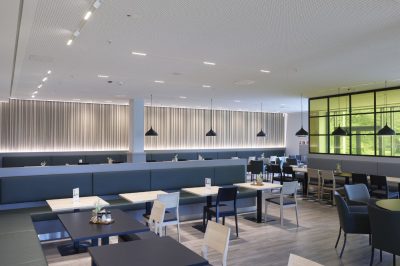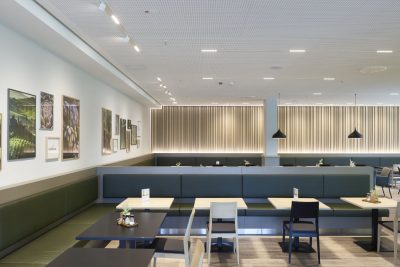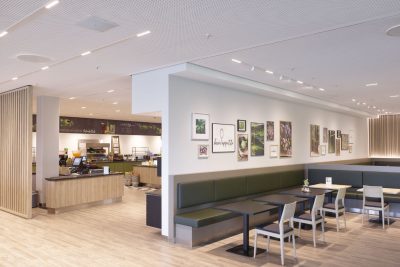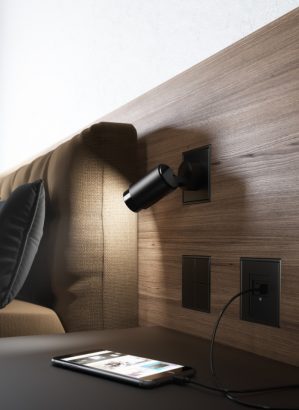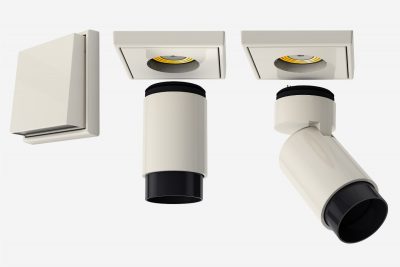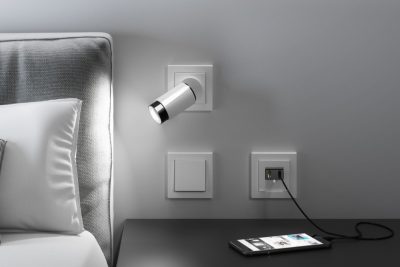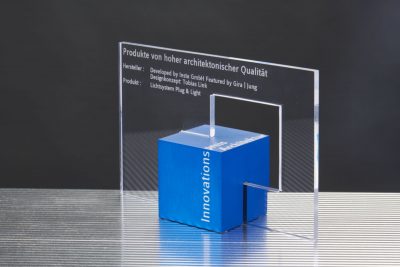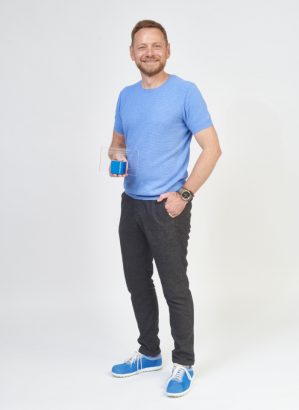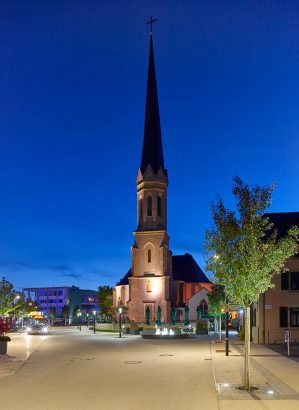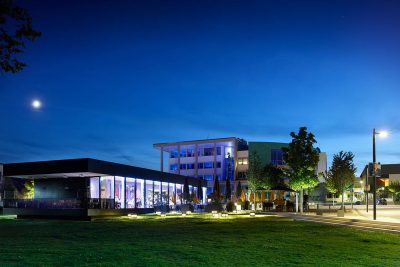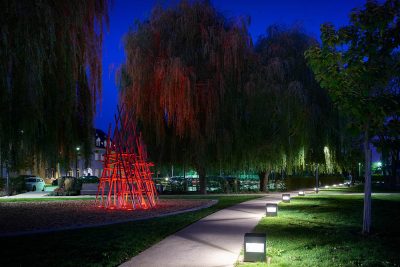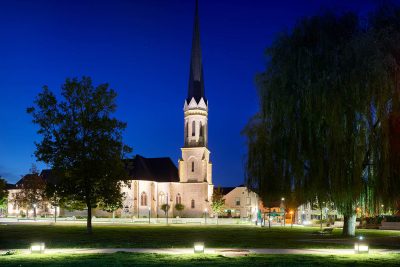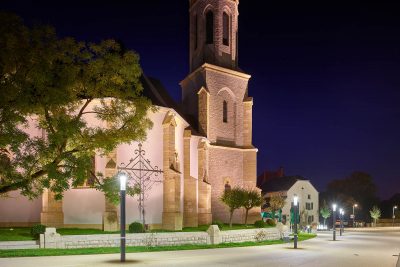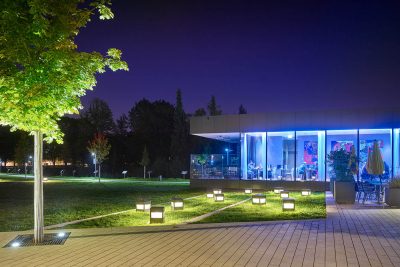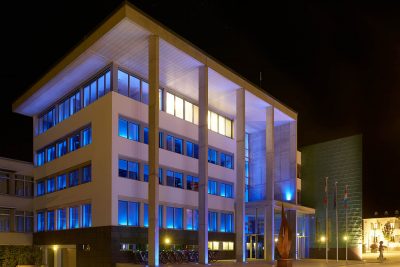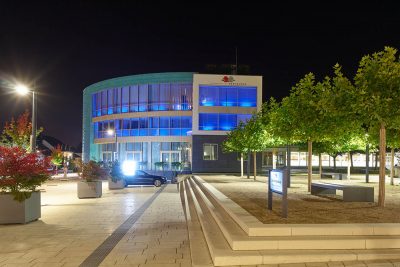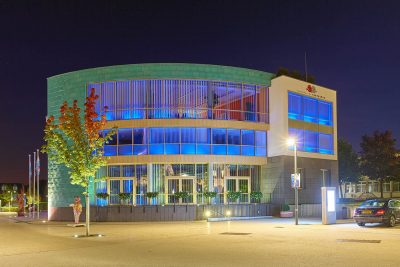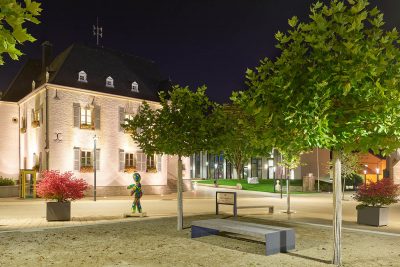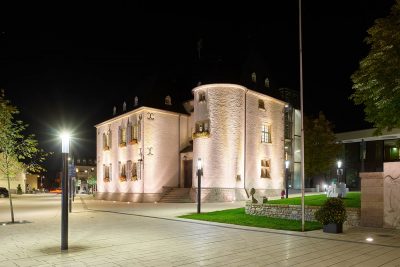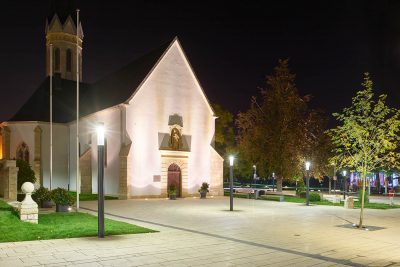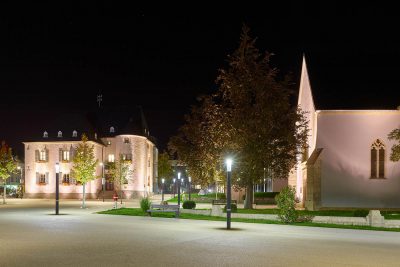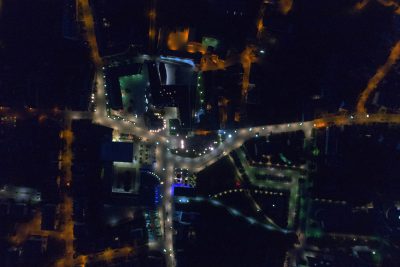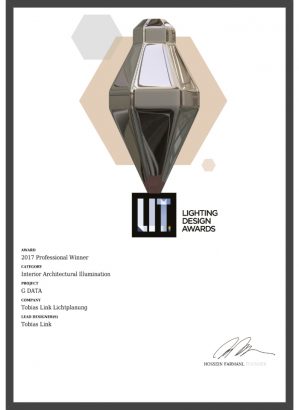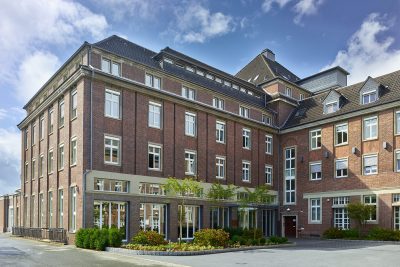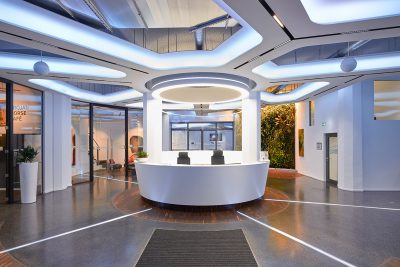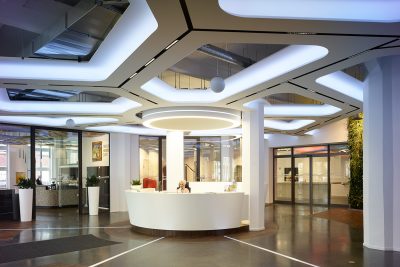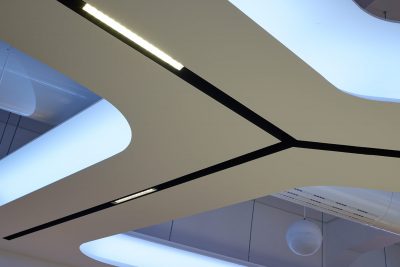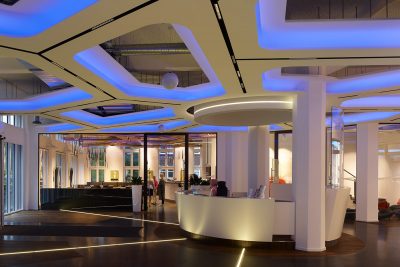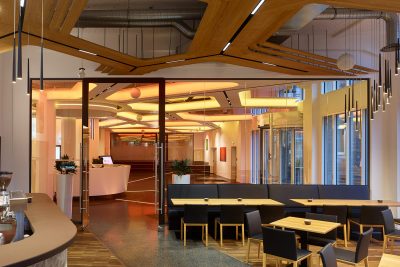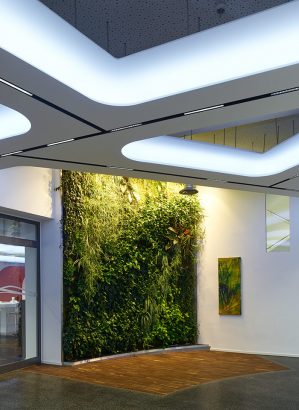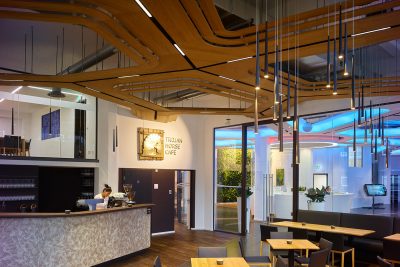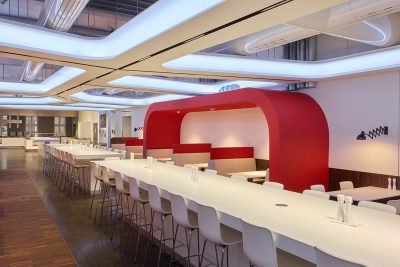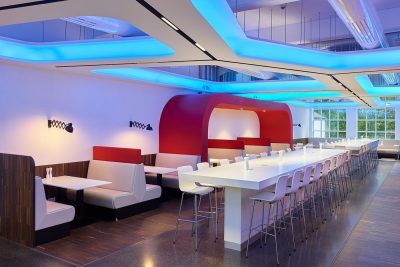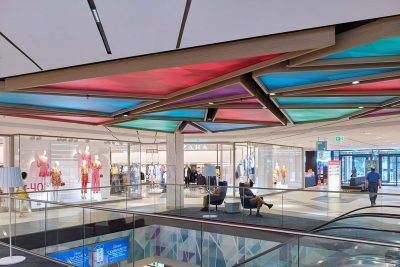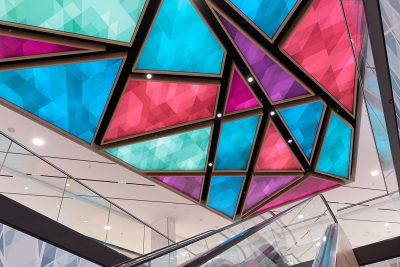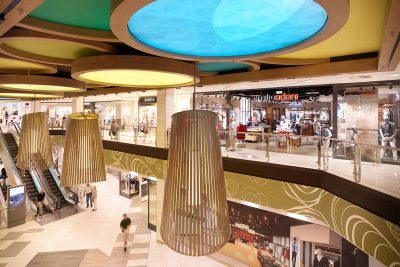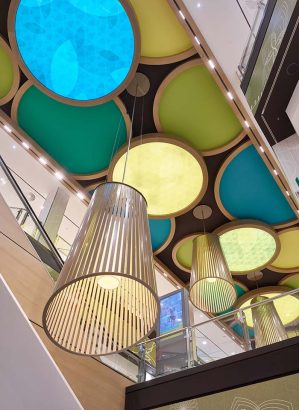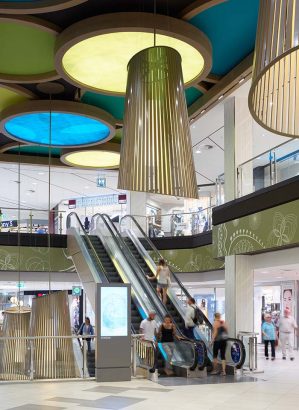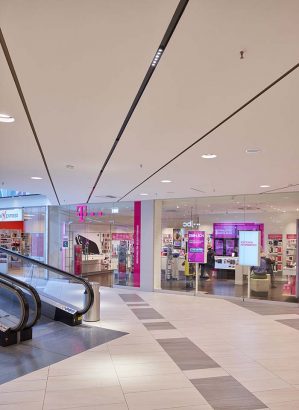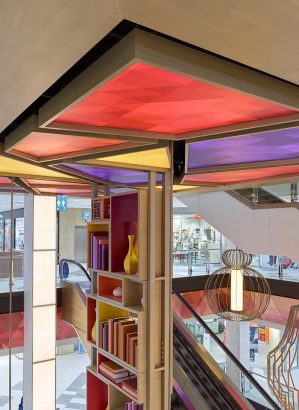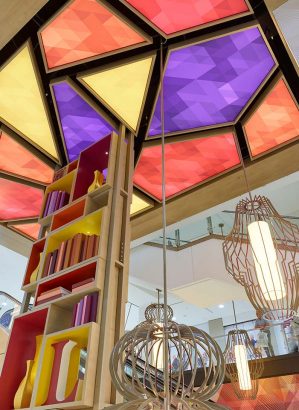SHINING A LIGHT ON THE PRACTICAL ASPECTS OF LIGTING DESIGN
From practice to theory: Tobias Link appointed lecturer for Interior Works/Light at Trier University of Applied Sciences
In the 2019/2020 winter semester, Tobias Link taught fifth-semester students at the faculty of interior design at the Trier University of Applied Sciences Design Campus. Along with learning the theory, students were able to experience the medium of light first-hand during field trips and workshops.
TEACHING THEORY USING ACTUAL PRACTICE
In 1991, Tobias Link founded Lighting Design Studio Tobias Link together with Oliver Link. He has accumulated expertise from the many years he has spent working as a lighting specifier, luminaire designer and developer of control systems. As a lecturer he wanted to get across to students in a tangible way how light works and how it influences people. His message: if you know what good lighting is, then you can also put it into effect in a project for the client so that it functions successfully and is aesthetically appealing.EXPERIENCING LIGHT IN ACTION ON FIELD TRIPS
Tobias Link shared his profound knowledge of the subject by way of experiments and workshops. His curriculum for the short semester also included three field trips. At Broy Lichttechnik in Trier, students had an opportunity to slip into the role of the specifier and find out about contemporary lighting design and the current standards of technology. The visit to the Saarland State Theatre in Saarbrucken took in the artistic aspects, of how to use light to create mood and which illuminants to use for this. The visit to Möbel Martin in Saarbrucken provided students with greater appreciation for a large-scale project realised by Lichtplanungsbüro Tobias Link, where a biodynamic lighting concept was implemented in accordance with the Human Centric Lighting (HCL) principle. Here, the topic explored was that of lighting controls and directing light within various ceiling systems.LIGHT – LUMINAIRE - PLANNING: WHEN IDEAS TAKE CONCRETE FORM
These intensive practical aspects constituted an entirely new approach for students and met with an extremely positive response. Students’ final papers proved that they had no difficulty in putting what they had learned into practice. The ten prospective interior designers had to design a luminaire and also draw up a lighting concept for a floor plan for a living and working space. Designing a luminaire involved developing a light attachment for the Plug & Light socket from Insta Lighting, who provided the modules. Students used the university’s own workshops to build their prototypes. At the end of the semester, they presented their work in the form of drawings, 3D models and storyboards. Students will be submitting their luminaire designs as part of the “LUXI - Der Licht-Preis” design competition run by the Licht journal in 2020.Students’ reactions: “We’ve learned an incredible amount; that’s something we realise whenever we talk to students who are farther on in their courses. “We learned so much in the course, we’ve never explored subjects in such depth. Before this, we’d never had anything to do with Light Distribution Curves, for example.“
Tobias Link’s reaction: “I’m delighted that after just one semester they have all gained an understanding of the subject area. They are familiar with the terminology and they’re well informed about LED technology. That’s huge progress.”
Many thanks to iGuzzini and Insta Lighting for their friendly support!
